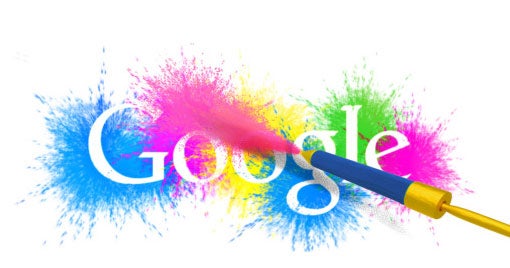Holi: Forget Saint Patrick's Day! Google India celebrates festival with multicoloured doodle

Your support helps us to tell the story
From reproductive rights to climate change to Big Tech, The Independent is on the ground when the story is developing. Whether it's investigating the financials of Elon Musk's pro-Trump PAC or producing our latest documentary, 'The A Word', which shines a light on the American women fighting for reproductive rights, we know how important it is to parse out the facts from the messaging.
At such a critical moment in US history, we need reporters on the ground. Your donation allows us to keep sending journalists to speak to both sides of the story.
The Independent is trusted by Americans across the entire political spectrum. And unlike many other quality news outlets, we choose not to lock Americans out of our reporting and analysis with paywalls. We believe quality journalism should be available to everyone, paid for by those who can afford it.
Your support makes all the difference.As days of celebration go, you would have thought the whole world turned green on 17 March to mark St Patrick’s Day.
India will certainly be awash with a greenish hue. And pinks, reds, yellows, blues and every colour under the sun as the country’s 800,000,000-strong population of Hindus celebrates the festival of Holi.
The holiday, in which people cover each other in bright colours, distribute sweets and squirt water at one another, marks the beginning of spring and the triumph of good over evil.
And Google has introduced a splash of colour on to its Indian home page with a doodle marking the annual festival of colours. The doodle itself has only appeared on the Indian version of the site, with the UK running a Saint Patrick’s Day version.
The public holiday is celebrated mainly in India, Nepal and other regions of the world with significant populations of Hindus or people of Indian origin. It falls on the last full moon day of the lunar month at the end of winter.
Celebrations have also become increasingly popular in the UK.
Join our commenting forum
Join thought-provoking conversations, follow other Independent readers and see their replies
Comments